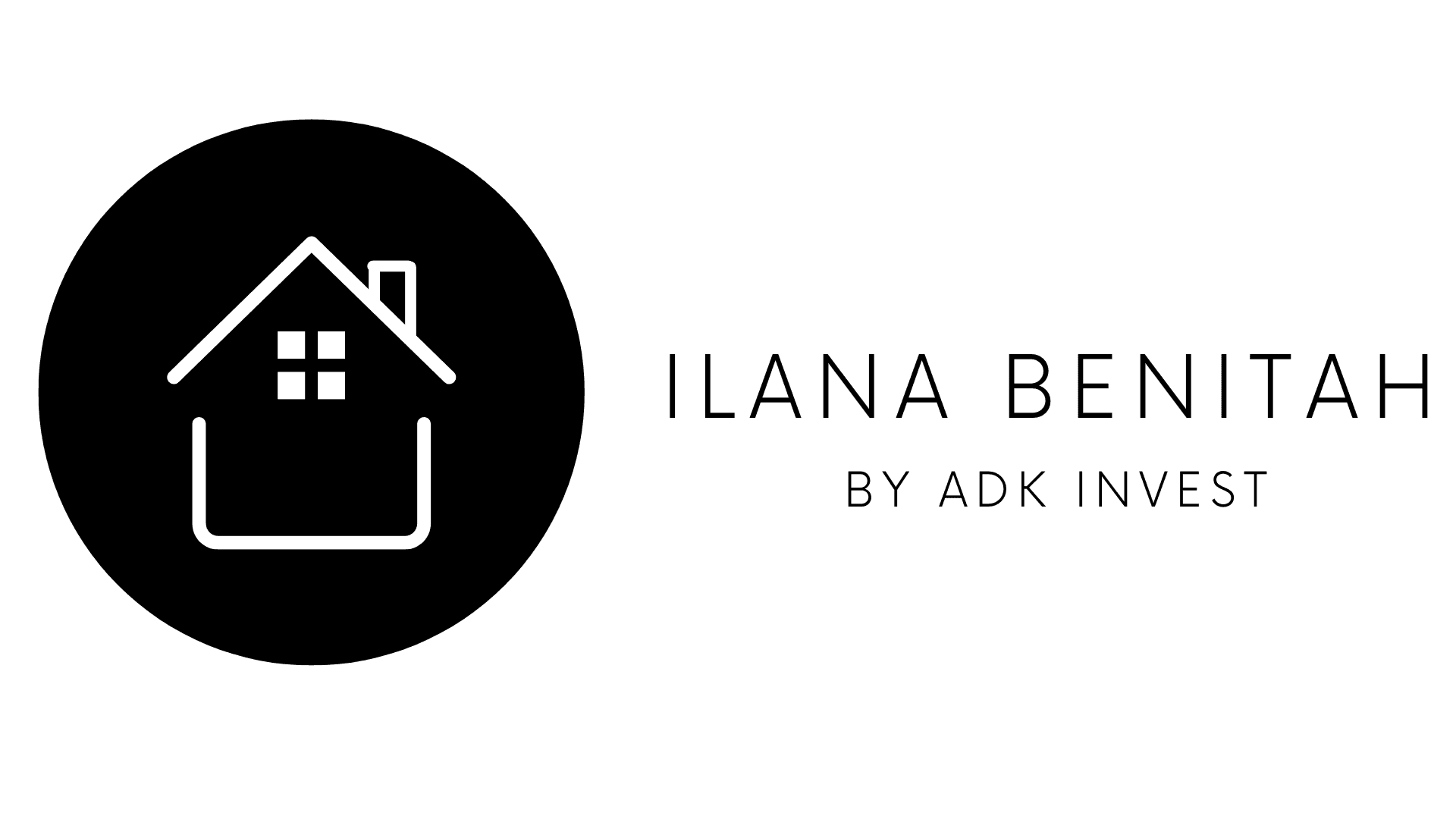🏙️ Real Estate in Netanya: Outlook for 2025 and Beyond
1. A steady, long-term rise
Netanya has long been seen as a pleasant but secondary coastal city, overshadowed by the powerhouses of Tel Aviv or Jerusalem. However, in recent years, it has emerged as a growing safe haven for real estate investment. As 2025 approaches, many ask: is it still worth investing in Netanya? Is now the right time? And what will the market look like in five years?
Looking at real estate prices over the past five years, a clear trend stands out: steady growth, despite global economic turbulence. From 2020 to 2025, prices rose by around 50%. In 2020, an apartment averaged 1.8 million shekels. By 2025, the average ranges from 2.7 to 2.8 million, with spikes far beyond in neighborhoods like Ir Yamim or Ramat Poleg. This increase is due to rising demand, a growing French-speaking population, limited supply in sought-after zones, and the city’s enhanced appeal given its proximity to Tel Aviv and major transport routes.
2. A dynamic market, even through shocks
2023 saw a temporary slowdown due to rising interest rates. However, unlike other Israeli cities, Netanya maintained a degree of stability thanks to a mixed clientele: Israeli families, international investors, French retirees, and a booming tourism rental market. In 2024, the market rebounded. And 2025 begins on solid footing: ongoing urban projects, city center renovations, infrastructure improvements (transportation, bilingual schools, green spaces)… all reinforcing Netanya’s investment potential and quality of life.
3. Neighborhood Focus: Uneven Evolutions
Not all neighborhoods evolved the same way. Some skyrocketed, while others still hold strong potential.
- Ir Yamim: the premium district par excellence. With beach access, new buildings, shops, and schools, it now exceeds ₪28,000 to ₪30,000/m². In 2020, prices were around ₪17,000.
- City center: long neglected, it's now making a comeback thanks to renovations. Prices remain affordable at ~₪20,000/m², with catch-up potential.
- Kiryat Hasharon: ideal for families, well connected, good quality of life, still reasonable prices.
- Neot Herzl / Nordau: older neighborhoods undergoing transformation. Prices are rising gradually, attracting bold investors.
4. What to Expect in 2025 and Beyond?
The key question: is now the time to buy? And more importantly, is a purchase in Netanya still a sound investment for 5 years from now?
Experts predict growth will slow slightly but remain positive, around +5 to +8% per year in prime areas. By 2028–2029, standard 4-room apartments in Ir Yamim may reach ₪3.2–3.5 million. However, this projection depends on fiscal policy, interest rates, geopolitical factors, and immigration. One certainty remains: Netanya is gaining appeal thanks to its rare balance between lifestyle, affordability, and investment return.
5. Investment Strategies to Consider
For buyers today, several paths are worth considering:
- Off-plan projects: offer 15–20% below market prices, plus new construction guarantees and modern standards.
- High-end rental: demand is strong from long-term francophone residents and short-term tourists. Gross yields range between 3–5%.
- Emerging neighborhoods: investing in zones like the city center or Nordau enables capitalizing on ongoing urban upgrades.
6. Neighborhood Comparison Table
| Neighborhood | 2020 (₪) | 2025 (₪) | Change (%) | Current Price/m² | Avg. Sale Time |
|---|---|---|---|---|---|
| Ir Yamim | ₪1,732,500 | ₪3,850,000 | +122% | ₪28,600 | ~47 days |
| City Center | ₪1,300,000 | ₪2,450,000 | +88% | ₪20,300 | ~58 days |
| Kiryat Hasharon | ₪1,630,000 | ₪3,250,000 | +99% | ₪25,400 | ~51 days |
| Agamim | ₪1,260,000 | ₪2,350,000 | +87% | ₪19,600 | — |
| Neot Herzl | ₪975,000 | ₪1,950,000 | +100% | ₪16,800 | ~68 days |
| Ramat Poleg / South Beach | ₪1,120,000 | ₪3,150,000–5,950,000 | +180–230% | ₪24,800–38,400 | ~41–53 days |
🎯 Conclusion
Netanya’s market is attractive—already well valued, but still full of promise. Prime zones have soared, but developing neighborhoods continue to hold strong potential. Buying in 2025 is still relevant, provided strategies are adjusted: off-plan, renovation, rental orientation, or personal use.

